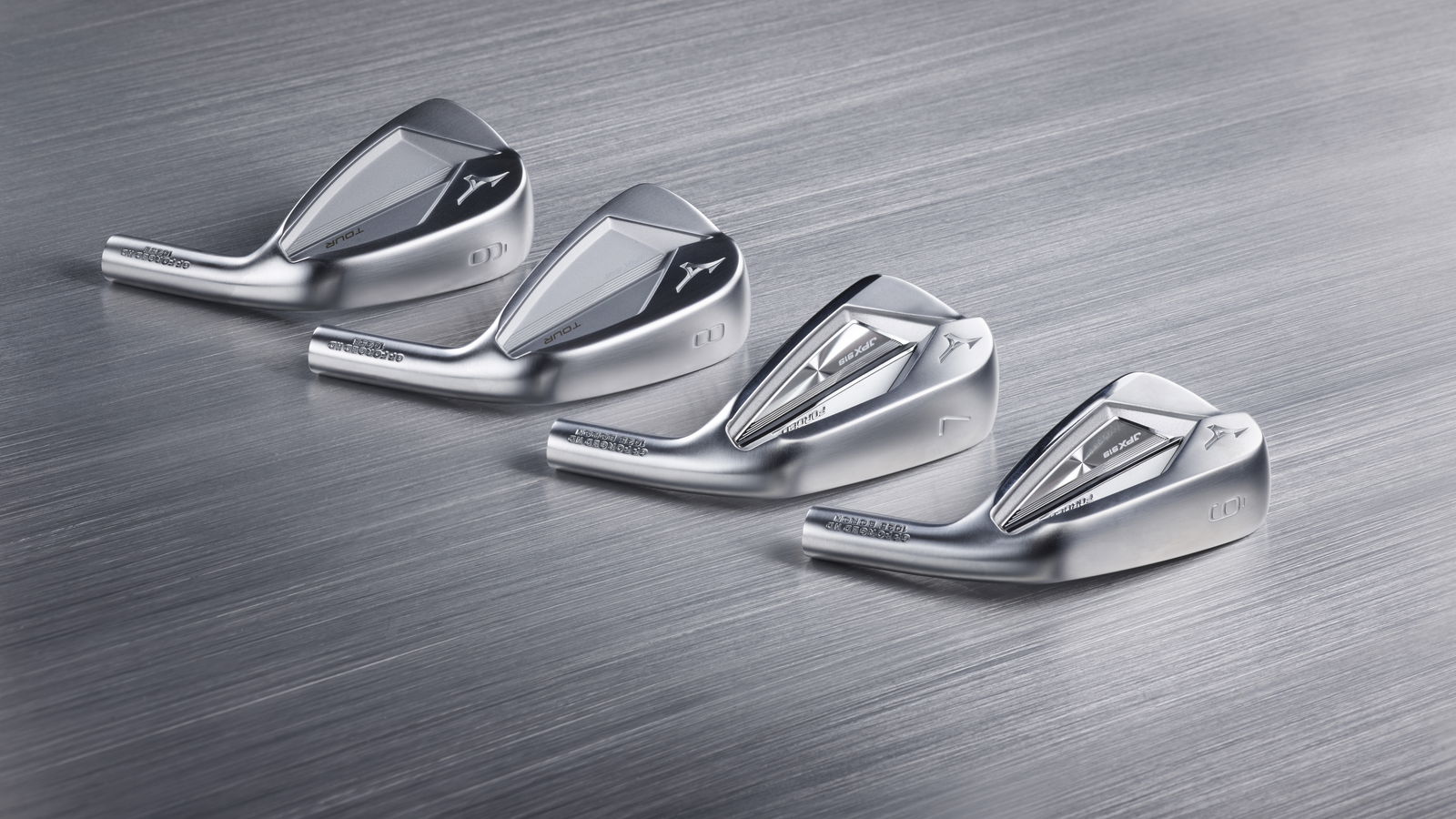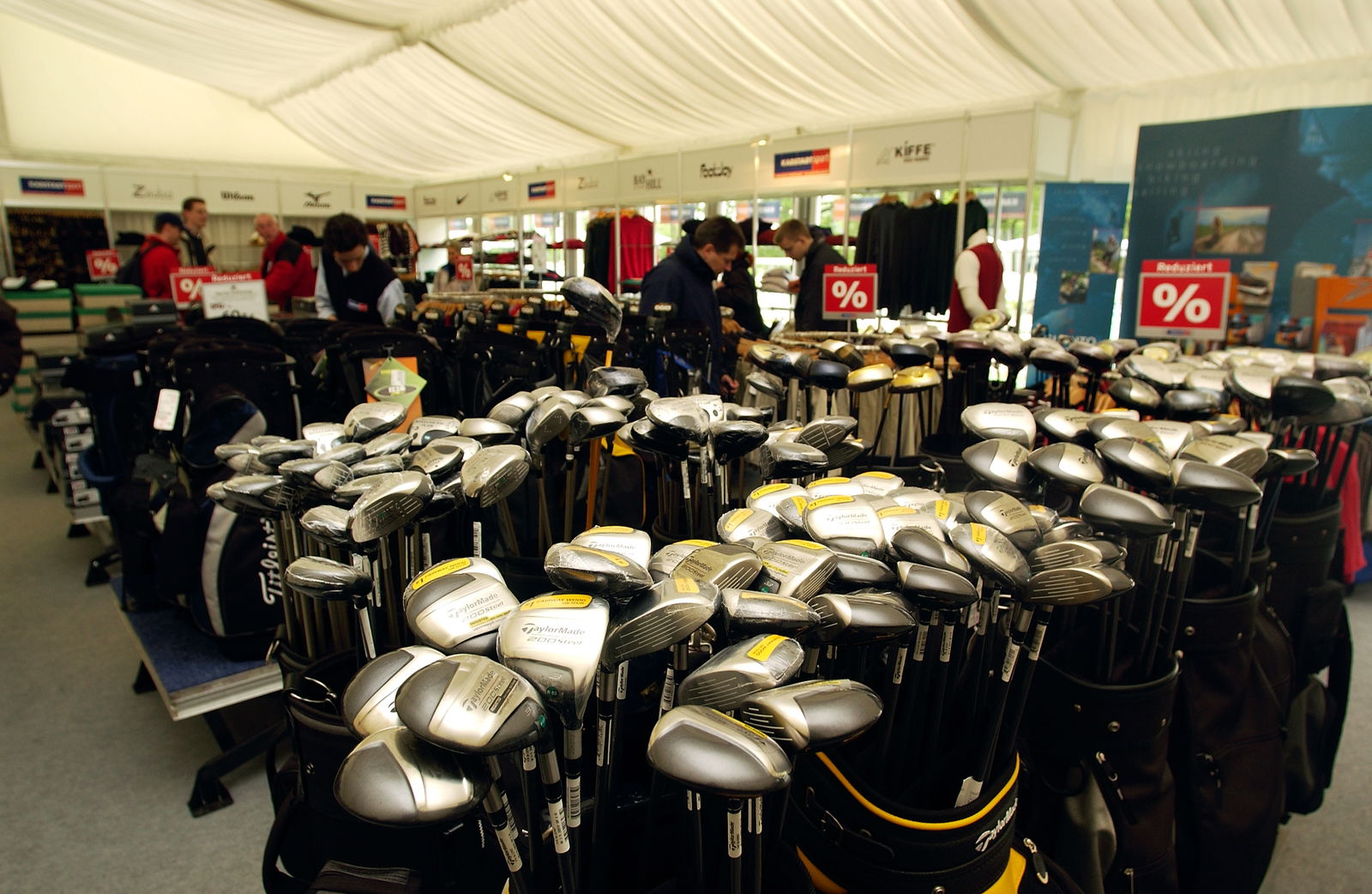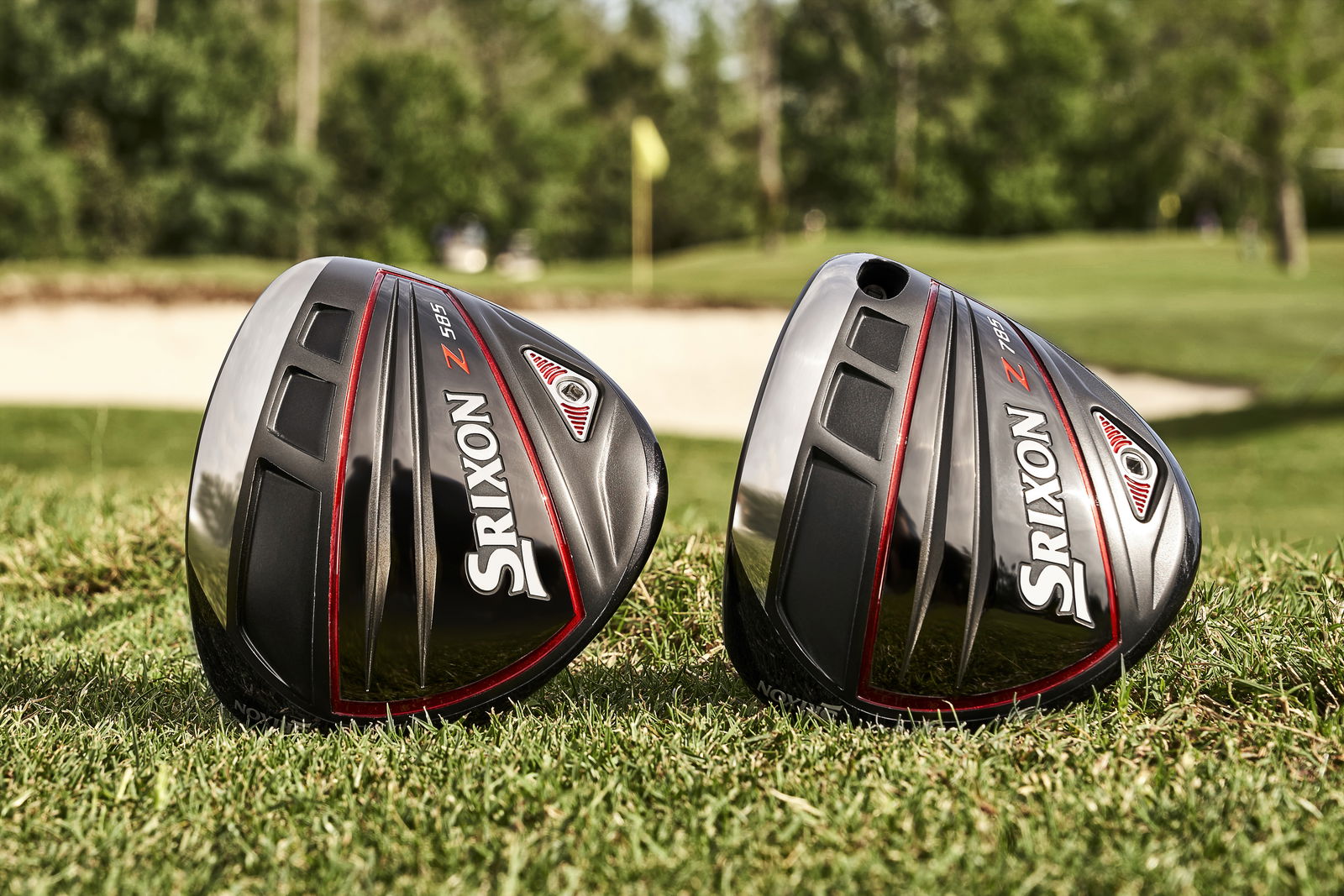Mizuno JPX900 v JPX919 irons: how are they different?
Mizuno JPX900 v JPX919: how does the tech and looks differ betweeen the generations?

Mizuno have launched the new JPX919 series of irons, replacing the popular JPX900 models.
There are some subtle - and some not so subtle - differences between the generations, so we've done some head-to-heads showing you images of the products and pointed out the differences.
JPX900 Tour - £120
- Grain Flow Forged from single billet of 1025E Pure Select Mild Carbon Steel
- weight pushed back and to extremeties with PowerFrame
- satin finish

JPX919 Tour - £135
- 10% thinner than the JPX900
- Grain Flow Forged from single billet of 1025E Pure Select Mild Carbon Steel
- Frame open at heel for stability
- Pearl Brush Chrome Plated finish

JPX900 Forged - £120
- forged, using boron-infused steel
- multi-thickness face
- milled pocket
- PowerFrame
- midsize profile

JPX 919 Forged - £120
- new reverse milled clubface
- boron infused makes it 30% stronger
- CNC milled from the sole up
- fastest ever Mizuno forged iron
- lower, depper CG than JPX900
- Grain Flow Forged HD (High Density) from a single billet of 1025B mild carbon steel
- Pearl Brush
- Frame open at heel for forgiveness

JPX900 Hot Metal - £105
- uses Chromely 4140M in thin face for fast ball speeds with adjustability of a forged iron
- X30 Steel used in wedges

JPX919 Hot Metal - £135
- made of high-strength Chromoly 4140M
- new multi-thickness face for higher ball speeds
- one-piece cup face construction for feedback and ball speed
- Frame open at the heel for stability
- Re-engineered Sound Ribs
- Pearl Brush finish


